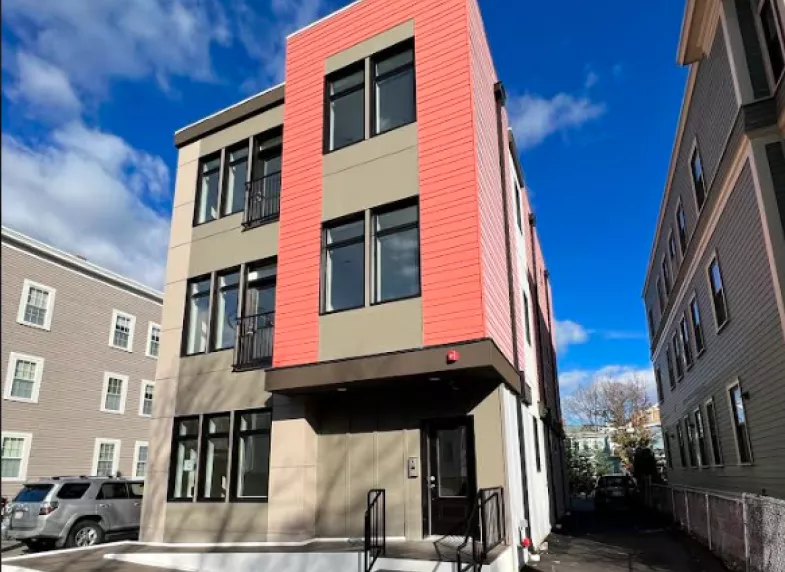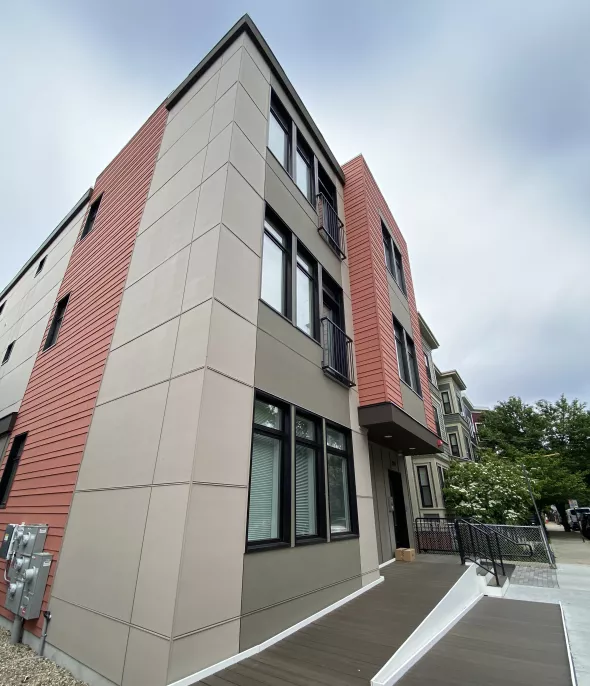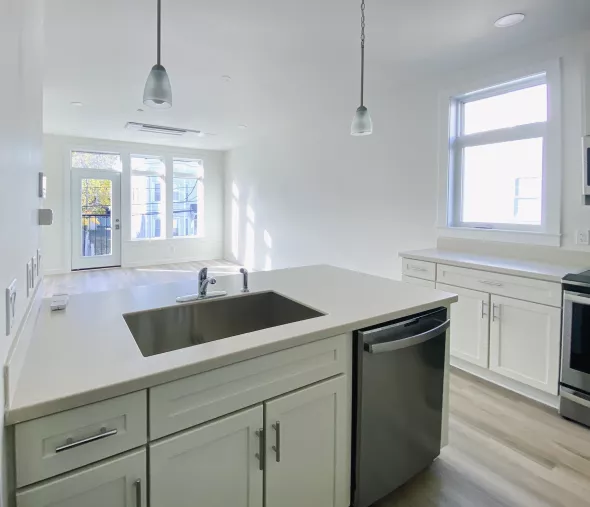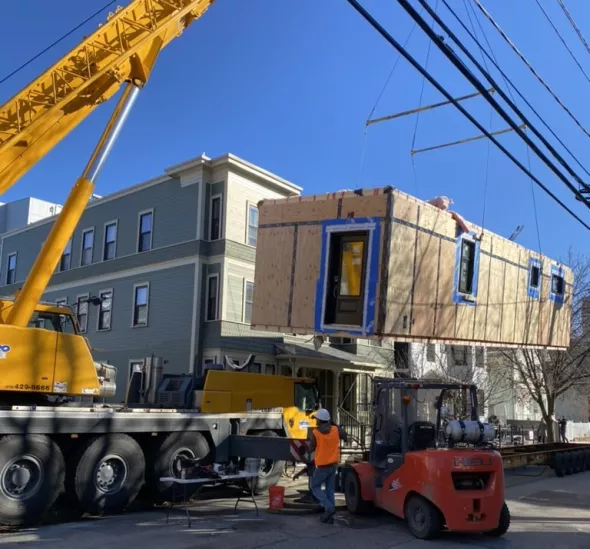February 2024 Project Spotlight: 159 Allston Street
This edition of the Phius Project Spotlight series highlights the 159 Allston Street multifamily project in Cambridge, Massachusetts.
This edition of the Phius Project Spotlight series highlights the 159 Allston Street multifamily project in Cambridge, Massachusetts.

Welcome to the new Phius Project Spotlight series as we explore innovative passive building projects from across the country and beyond.

The Project Spotlights are our way of highlighting the cutting-edge work being done by Phius professionals and provide examples of successful design and construction strategies. We will be featuring projects of various size, typology, and climate zone, offering you a peek behind the curtain. The Project Spotlight series will appear in e-blasts to our mailing list (be sure to join if you haven’t already) as well as right here in the Klingenblog.
Now let’s get to this month’s featured project: 159 Allston Street in Cambridge, Massachusetts!
Massachusetts is leading the way when it comes to Phius passive building projects, including the recent passage of an opt-in stretch code that requires multifamily buildings over 12,000 square feet to be passive certified. But even prior to the stretch code, pioneering projects such as 159 Allston Street were being designed and built throughout the state, establishing a passive building hotbed.
The project team for the 3,689 square-foot 159 Allston Street project is:

CPHCs: Ian Johnson and Hans Breaux
Submitter: Vitor Leite Goncalves
QA/QC: Michael Browne
Architect: Bruce Ronayne Hamilton Architects, Inc
Builder: Kinsella Built
Who better to provide insight into the design and construction of the project than the team themselves? Project submitter Vitor Leite Goncalves takes us inside the project:
159 Allston Street is a triple decker replacing a three-family house destroyed by fire on a densely built urban street in Cambridge, Massachusetts.

The task was to replace the totally lost building with an exceptionally attractive and energy-efficient passive house structure. It was designed to be built with six modular boxes trucked down from a Maine factory. Appointed with top quality finishes, this rental property includes a two-bedroom accessible unit on the first floor and two three-bedroom apartments, one each on the 2nd and 3rd floors. Two parking spaces are provided with a charging station, and the roof has a full array of solar panels.
The building utilized its modular construction approach to ensure a streamlined assembly, reducing construction time and waste. Energy modeling and constant coordination between the project team was fundamental to apply the correct design adjustments related to the wall section details; triple glazed window sizes- manufacturer selection, the extent and types of insulation, and the choices and placement of all the air handling equipment. The result is a building that is extremely air-tight (0.048CFM/sf), well-insulated & thermal-bridge free, and that utilizes a small fraction of the energy when compared to the current housing portfolio.